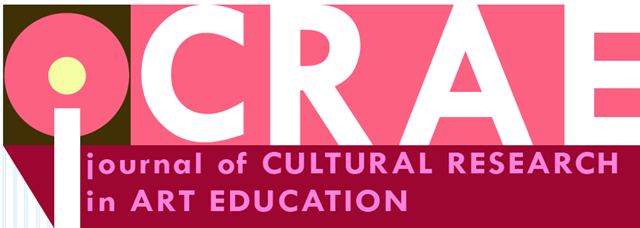Integrating Community Arts into K‑12: 2025 Playbook
Community arts partnerships can transform how young people experience art education. In 2025, districts face tight schedules, ambitious standards, and diverse student needs. This playbook shows how to launch community arts projects that are standards‑aligned, culturally responsive, and feasible for busy teachers.
1) Clarify outcomes before partners
Start with the outcomes your teachers already assess—creative processes, media skills, interpretation, presentation. Map those to local assets (museums, makerspaces, libraries, cultural centers, artists‑in‑residence). This avoids “cool but off‑target” projects.
2) Build a simple partnership brief
One page is enough: unit theme, grade, standards, time on task, materials, student supports, and how work will be showcased. Share this with potential partners and invite proposals that reflect community culture and student voice.
3) Plan for belonging and safety
Use check‑ins, name‑games, and roles that rotate (artist, documentarian, presenter). Establish photo permissions and norms for respectful critique. Ensure accessibility (captioned videos, tactile options, multilingual instructions) so every student can participate fully.
4) Integrate core academics
Pair art‑making with reading, history, or science texts from the community context—murals about local ecosystems, zines about neighborhood histories, or digital storytelling with elders. This cross‑curricular design raises relevance and retention.
5) Keep logistics light
Favor portable media (drawing, collage, paper sculpture, sound), 60–90 minute visits, and materials schools already stock. When budgets are tight, ask partners to bring tools; you cover paper, glue, and room management.
6) Assess equitably
Use rubrics that value process, risk‑taking, reflection, and collaboration. Collect evidence with quick photo logs, exit tickets, and short artist statements. Student choice boards help multilingual learners show learning in the mode they prefer.
7) Showcase locally
Finish with a community event—hallway galleries, a pop‑up at the library, or a slideshow evening. Invite families and partners. Public displays strengthen belonging and make learning visible beyond grades.
Starter timeline (first 6 weeks)
- Week 1: Select theme and outcomes; draft partnership brief.
- Week 2: Contact 2–3 partners; confirm dates and roles.
- Week 3: Collect materials; prepare norms and permissions.
- Week 4–5: Run workshops; document process with photos and quotes.
- Week 6: Curate student work and host the showcase.
Done well, community arts projects expand the cultural lens of the classroom, give students authentic audiences, and strengthen ties between schools and neighborhoods. Start small, document, and iterate—your next project will be even better.
